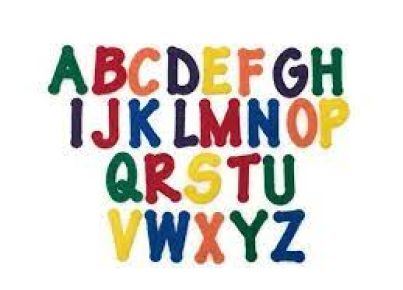In a world where digital technology has transformed the traditional classroom, dictation might seem like a relic of the past. Those who view modern education through the lens of innovation might ask if dictation can still hold any relevance in today’s educational strategies. Yet, despite its seemingly antiquated nature, dictation remains a powerful learning tool with unique benefits that withstand the test of time.
Historically, dictation was used as a primary method to teach writing and grammar. Students would listen to their teacher read sentences and write them down as accurately as possible. This approach was thought to improve students’ spelling, punctuation, and attention to syntactic detail. But more than this, dictation exercises also reinforce listening skills and cognitive processing speed as one must keep up with the pace of spoken language while deciphering meaning and context.
Critiques argue that dictation doesn’t foster creativity or critical thinking; however, proponents suggest that it establishes an essential foundation for these higher-order skills. A student proficient in the mechanics of writing freed from constant self-correction can express thoughts seamlessly and is better equipped to engage in creative and analytical tasks.
Furthermore, in language learning contexts—especially for those studying new alphabets or scripts—dictation exercises are invaluable. They expose learners to natural pronunciation, rhythm, and intonation which are crucial for developing fluency in another language.
What has changed is the manner in which dictation is utilized. Modern educators interlace dictation activities with collaborative learning projects, multimedia aids, and digital platforms that provide immediate feedback. The onset of speech-to-text software also opens up new avenues for using dictation, allowing students to see instant visual feedback on their listening comprehension and transcription skills.
In conclusion, while it may be easy to dismiss dictation as an old-fashioned teaching strategy unsuited for contemporary classrooms, its continued use proves otherwise. When integrated intelligently with modern educational practices, dictation serves as a timeless technique that fosters a wide range of valuable linguistic skills integral for student development. It’s not about choosing between old versus new—rather it’s about understanding how traditional methods can complement and enhance current teaching methodologies.





